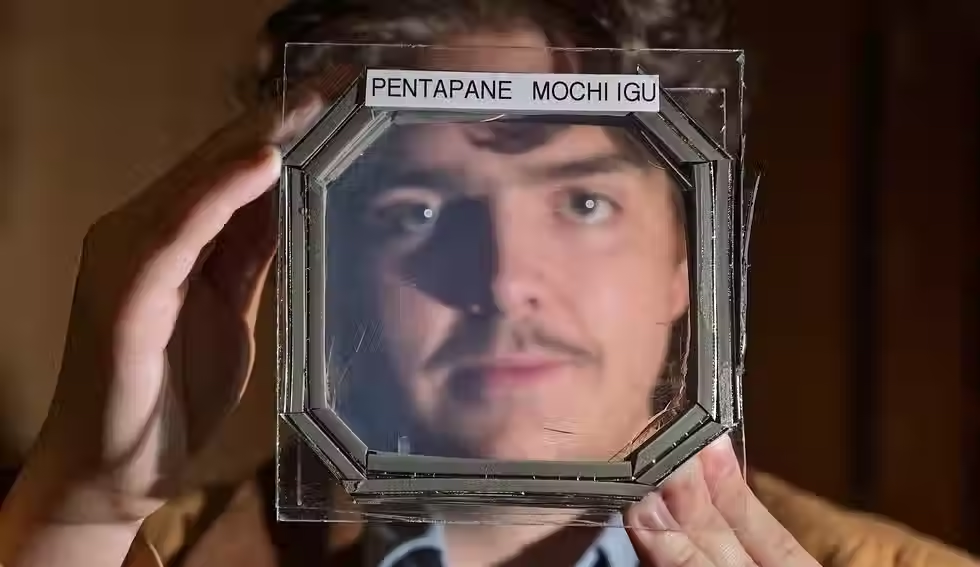Nanodrugs can be rapidly evaluated
- Marine Le Bouar

- Nov 14, 2016
- 2 min read

Nanoparticles are tiny particles that are being intensively explored due to their many potential applications in medicine, electronics and other areas. But the analysis of promising nanoparticles is time-consuming. In a new study, researchers from LiU present a method that may speed up the development of novel nanodrugs.
Nanoparticles are tiny particles with a diameter less than one thousandth of the width of a human hair. In biomedical applications, they could be designed to act, for example, as drug carriers to cells. In order to work, it is essential for such nanoparticles to find their target cells and interact with them.
A major challenge in nanomaterials science is that the evaluation of novel nanoparticles is time-consuming and costly. Every new nanomaterial must be evaluated in terms of whether or not it can reach the intended location in the body. Other tests are also needed to determine whether the nanoparticle can enter the target cell, exert the desired function inside the cell, and be safe to use.
“Instead of the one-by-one testing procedure used today, we aimed for a shortcut strategy that provides sufficient information for a rapid evaluation. Our research concept could make it possible to predict the most promising nanoparticles among several possible variants. This information can be used for further development of the selected nanoparticles,” says Professor Susana Cristobal of the Department of Clinical and Experimental Medicine at Linköping University, who has led the study.
When a nanoparticle is administered into a biological fluid such as blood, the surface of the nanoparticle is covered with proteins from the fluid forming a structure called “protein corona”. This means that the target cell does not see the actual nanoparticle as it was synthesised.
“Since the target cell would only ‘see’ the surface of the protein corona for any possible interaction, we do not need to analyse all of the proteins that make up the corona. We just need to focus on the surface,” says Susana Cristobal.
In the journal Nanoscale Horizons, the researchers present a modified method for the large-scale analysis of the surface of the nanoparticle protein corona. They suggest that this new method can be used for the rapid prototyping of potential nanodrugs.
The research was supported by grants from, among others, the Swedish Research Council, the Carl Trygger Foundation, the Oscar and Lili Lamm Foundation, and the ÅForsk foundation.
Surface proteomics on nanoparticles, a step to simplify the rapid prototyping of nanoparticles, J. Kuruvilla, A. P. Farinha, N. Bayat and S. Cristobal, (2016), Nanoscale Horiz., DOI: 10.1039/C6NH00162A




























Comments